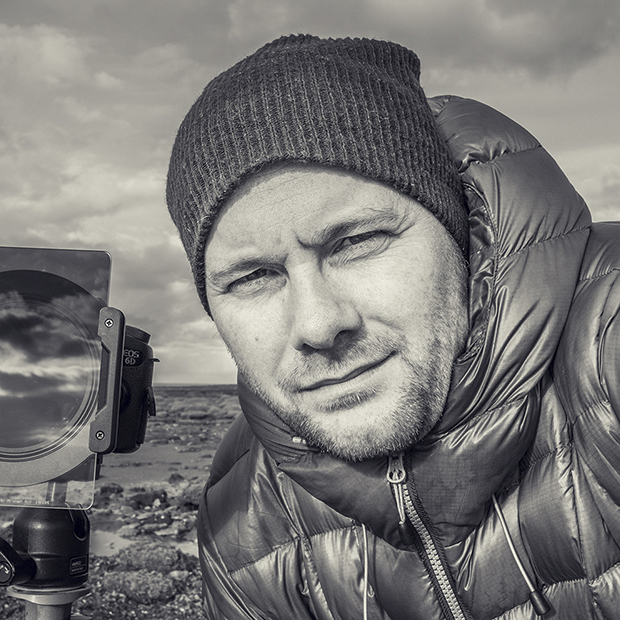Nikon D3300 vs D5300: Specs compared
Both the D3300 and D5300 are aimed at novice users, but how do they actually differ from each other? We find out
Nikon D3300 vs D5300: Viewfinder and LCD
Why you can trust Digital Camera World
- Nikon D3300: 3in fixed LCD with 921k-dot resolution; pentamirror viewfinder, 95% coverage, 0.85x magnification
- Nikon D5300: 3.2in fully articulated LCD with 1037k-dot resolution; pentamirror viewfinder, 95% coverage, 0.82x magnification
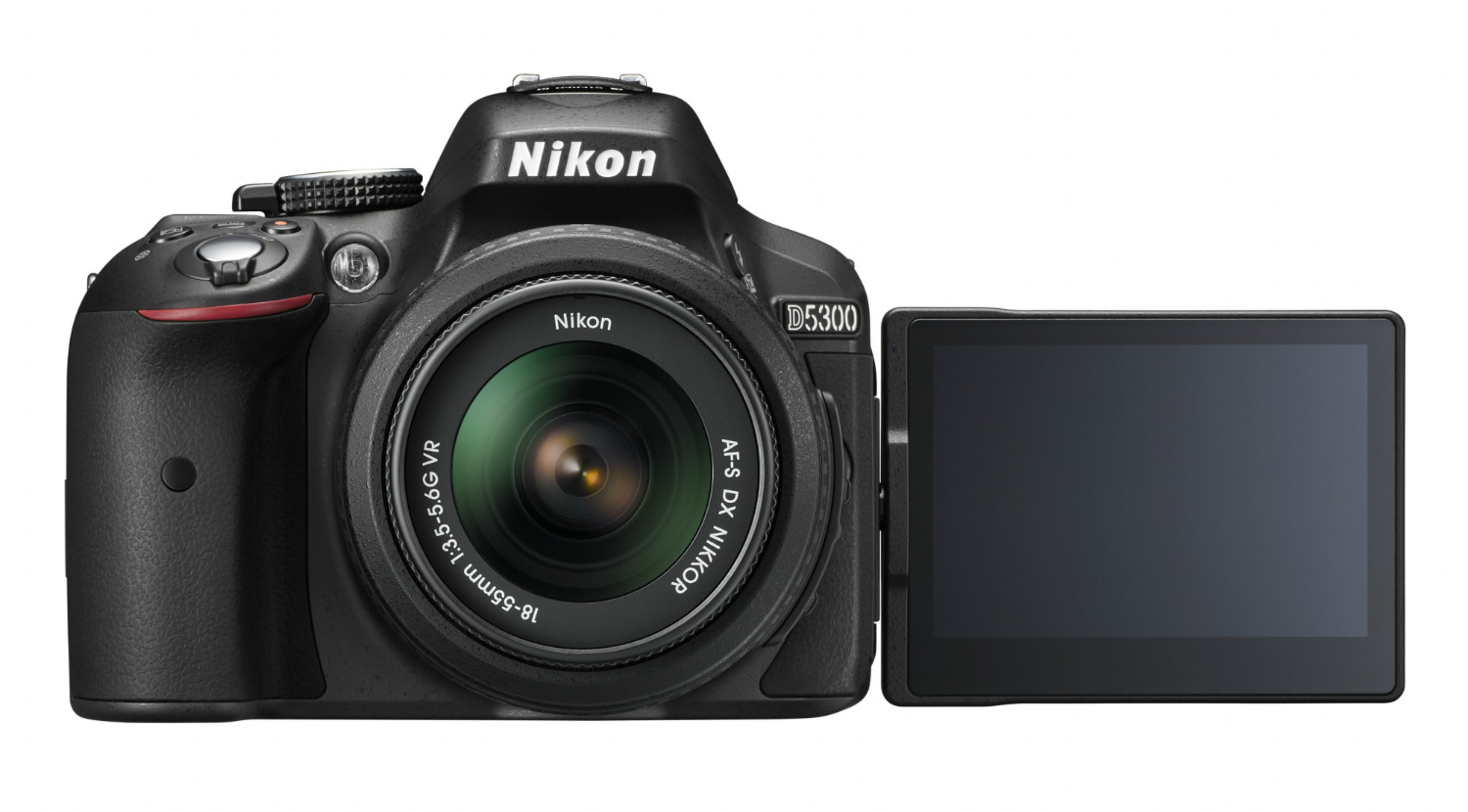
Another massive advantage the higher-specced D5300 has over the D3300 is with its LCD screen.
While the D3300 has a perfectly sound 3in monitor with a decent 921k-dot resolution, the screen is fixed to the back of the camera. The D5300, however, has a 1,037k-dot screen that's fully articulated screen.
Read more: The 8 best portrait lenses for Nikon DSLR users
You can flip this out and set up those awkward high and low compositions that are impossible with a fixed screen, and this is also pretty handy when shooting videos.
Nikon D3300 vs D5300: Build and design
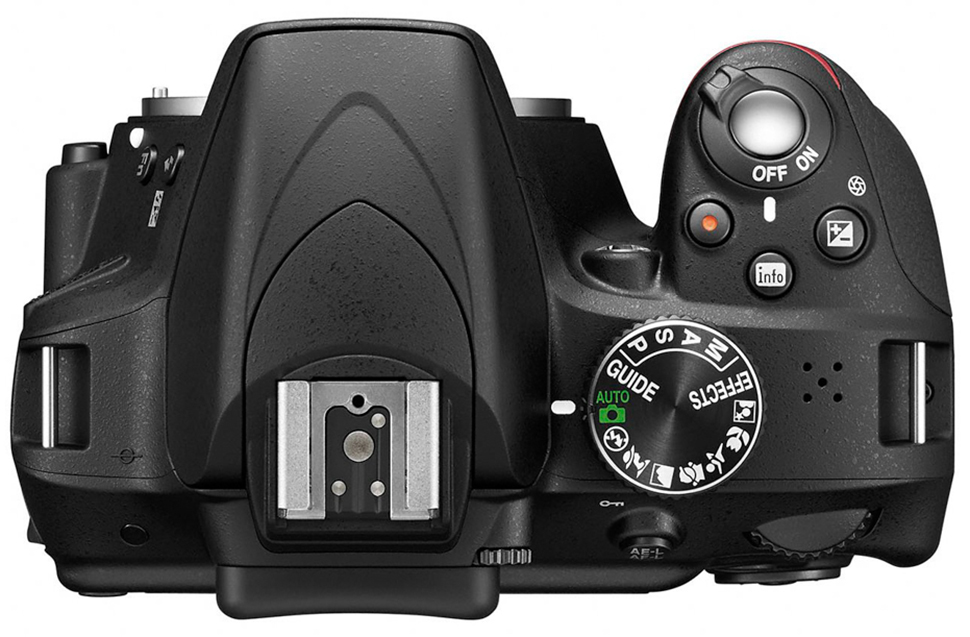
- Nikon D3300: 124 x 98 x 75.5mm; 460g (with battery and memory card)
- Nikon D5300: 125 x 98 x 76mm; 530g (with battery and memory card)
In terms of build and design, both cameras are actually almost identical in the size, although the D5300 is a tiny bit heavier. This is to be expected as the D5300 includes certain things the D3300 does not, such as a GPS system.
There are a few subtle differences in terms of button layouts too, such as a Live View lever on the top plate of the D5300, which is absent from D3300.
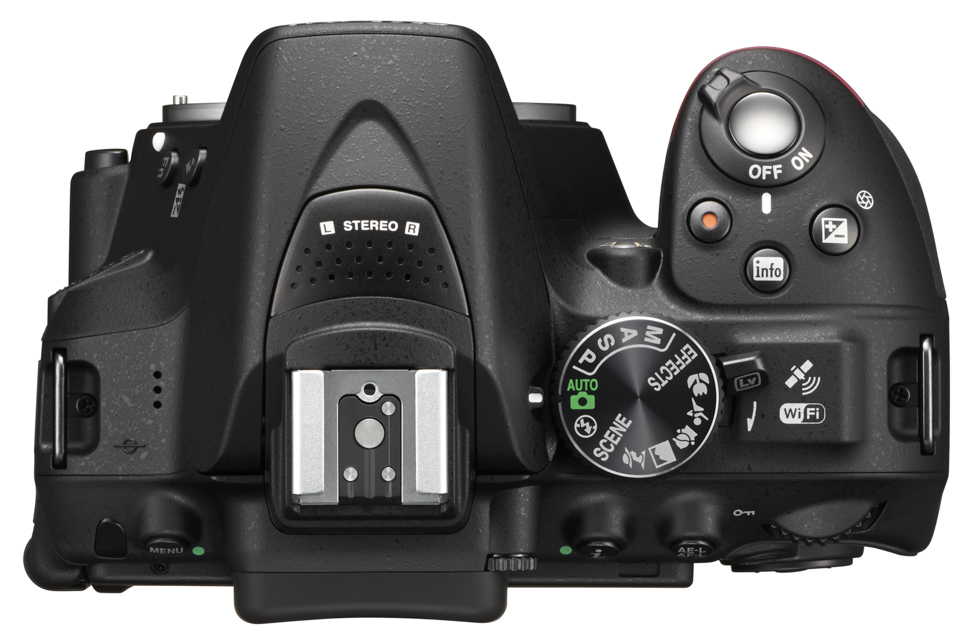
Turning to the back of the two, the biggest difference here concerns the fact that they each use a different type of LCD screen, but if you're switching from one to the other, the layouts will be very familiar.
Nikon D3300 vs D5300: Other features
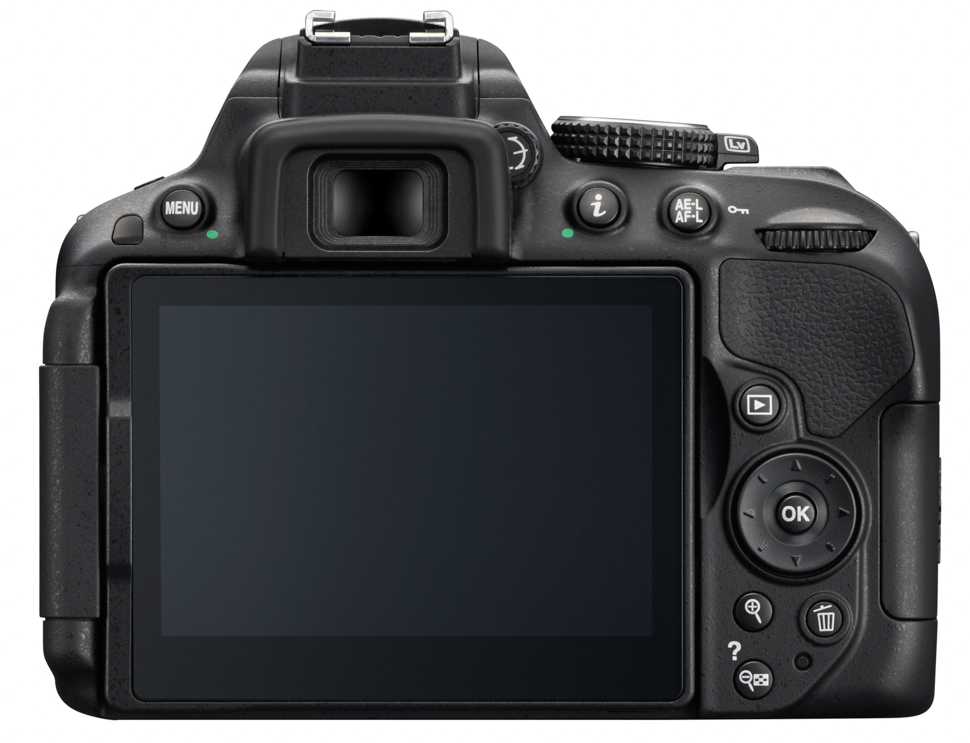
- Nikon D3300: No Wi-Fi or Bluetooth
- Nikon D5300: Wi-Fi, GPS, Timelapse
When you take a look at the other features the D5300 has over the D3300, it becomes clear why this camera starts with a 5 and not a 3.
The D5300 includes Wi-Fi, which enables the quick transfer of images to a smartphone, tablet or computer. This is missing on the D3300, though Nikon does offer an optional Wi-Fi adaptor that can be plugged into the D3300.
Read more: Nikon D3300 vs Nikon D3400
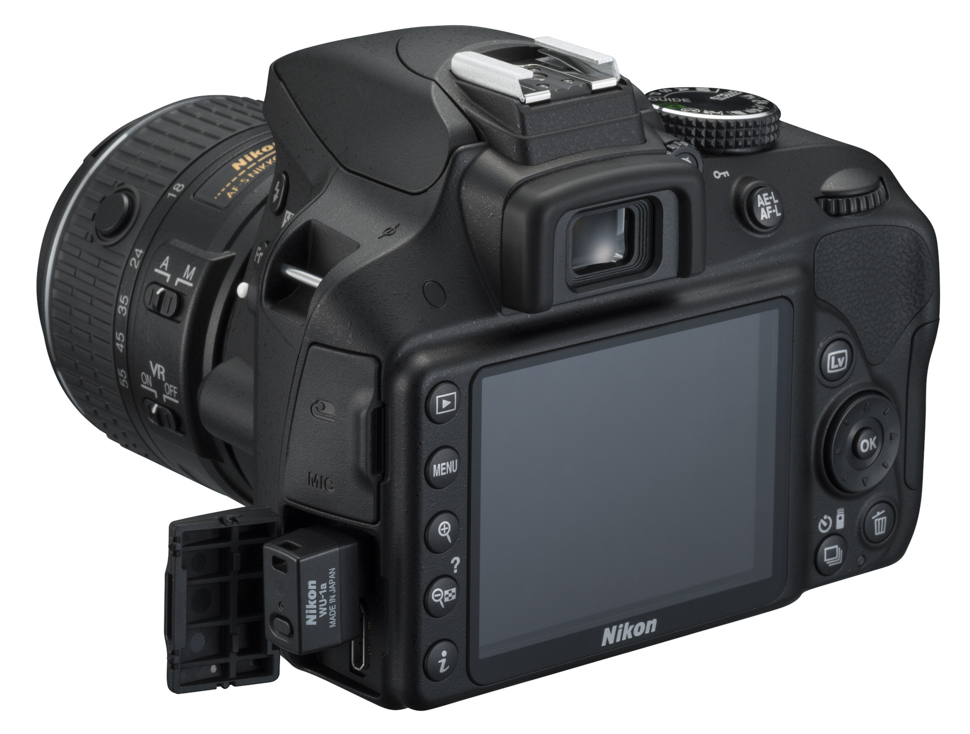
The D5300 also features GPS, which allows users to record the location where an image was taken. This can be very useful, especially for landscape photographers who want to record a location so they can return to it later or share it with fellow photographers.
Lastly, the D5300 offers a time-lapse feature, something that's also missing from the D3300.
Nikon D3300 vs D5300: Battery life
- Nikon D3300: 700 shots
- Nikon D5300: 600 shots
Battery life is one of the few areas where the more junior D3300 bests the D5300. While the D3300 can offer 700 shots per charge, the D5300 can only serve up 600 shots per charge. This is mainly due to the power needed to facilitate the larger LCD and components like GPS.
Verdict
Although the D3300 does have its advantages, it’s clear that the D5300 is a more capable camera. With a more advanced autofocus system, a far more user- friendly vari-angle LCD and additional features such as GPS, Wi-Fi and timelapse, it offers a lot for the marginal premium over the D3300.
That’s not to say the D3300 isn’t a good buy; it absolutely is and punches well above its weight, particularly in the video specifications department. If you're only shooting landscapes the D3300 may well be enough camera for you, but the D5300 is undoubtedly better placed to meet your requirements as you develop your skills.
Read more: The best cameras under £500 right now
- 1
- 2
Current page: Viewfinder, LCD, build and battery life
Prev Page Sensor, video, burst shooting and AFGet the Digital Camera World Newsletter
The best camera deals, reviews, product advice, and unmissable photography news, direct to your inbox!
Matty has worked for a number of photographic magazines including Professional Photo, Digital Photo and Digital SLR magazine. He is an accomplished car and lanadscape photographer, who runs his own video production and content creation business in Lincolnshire.
